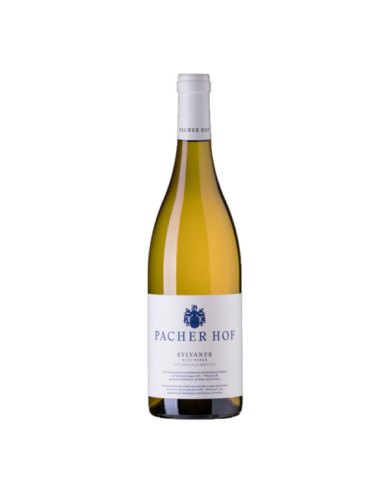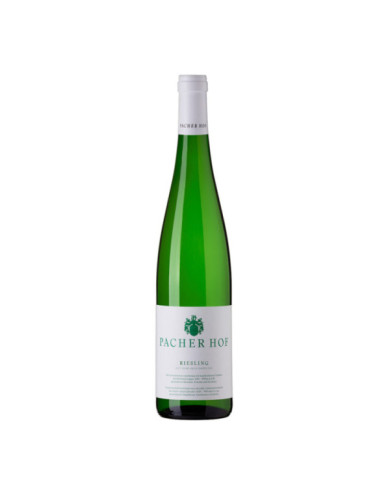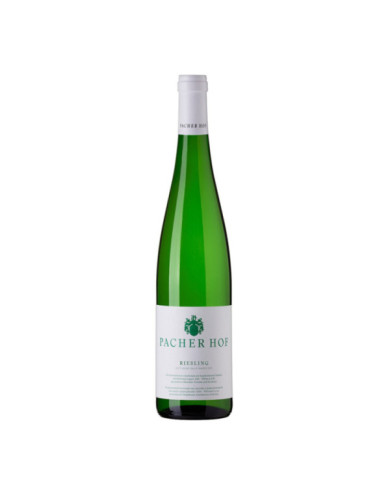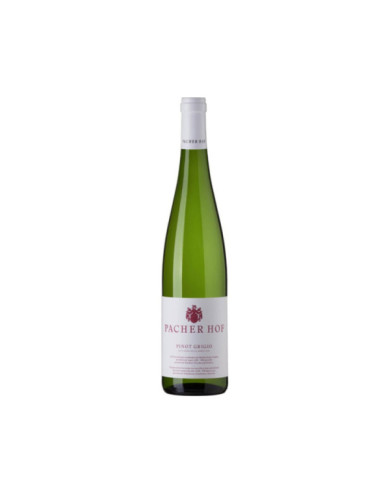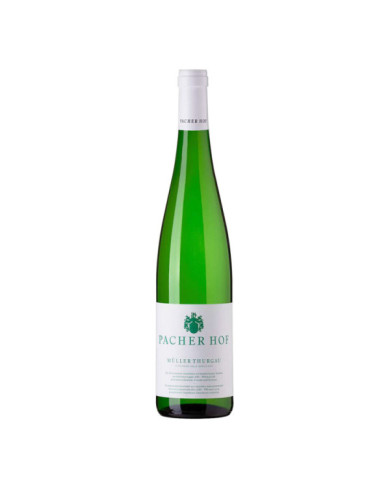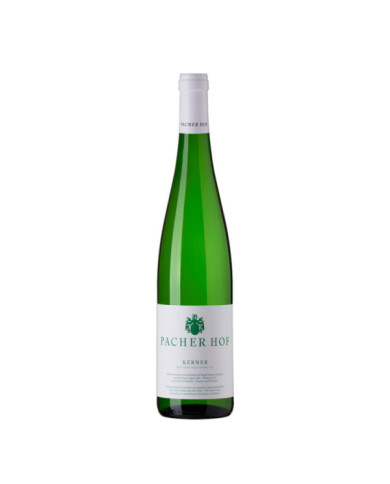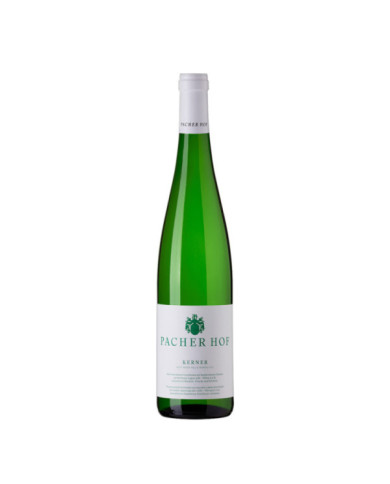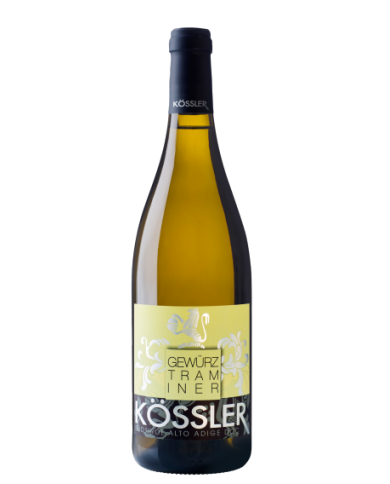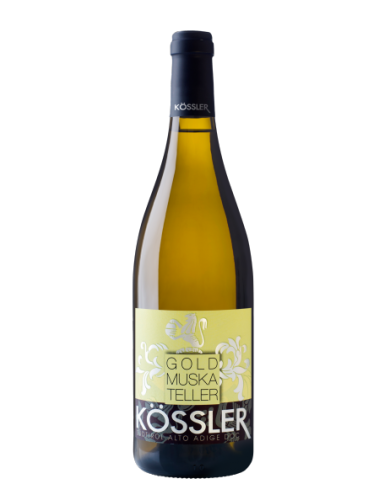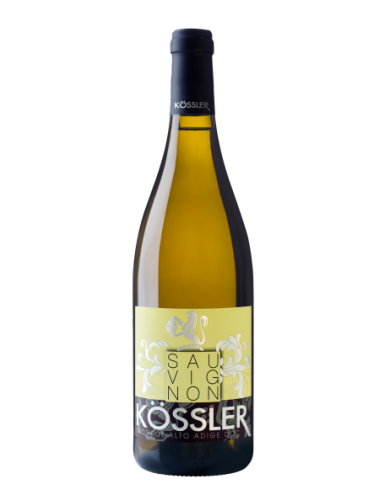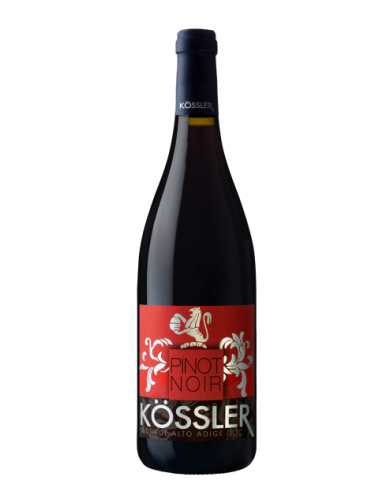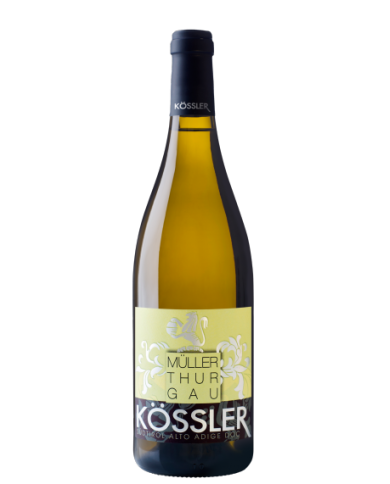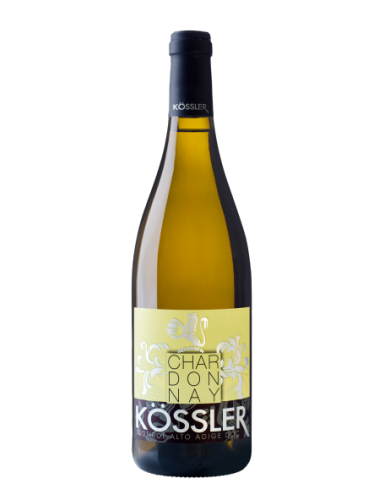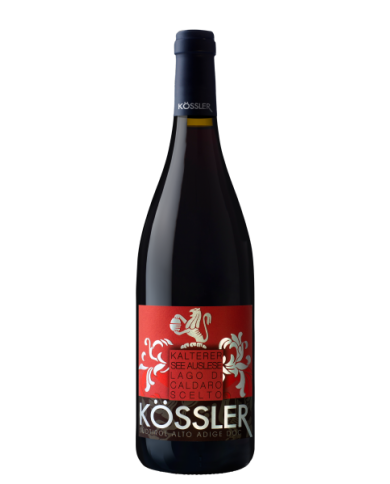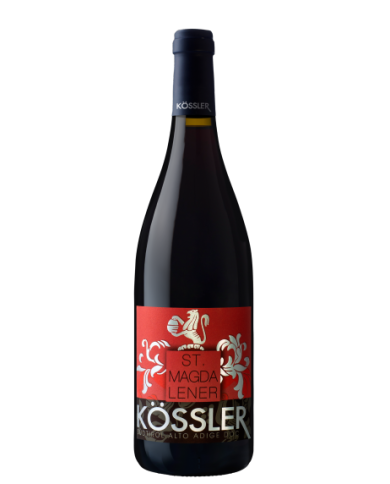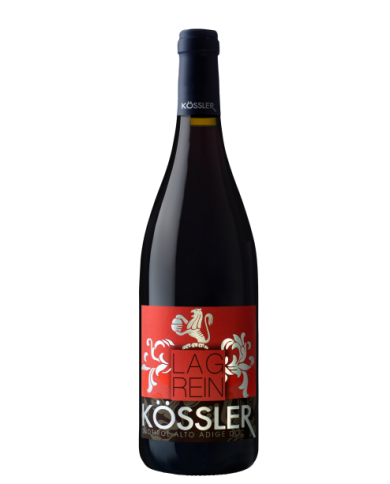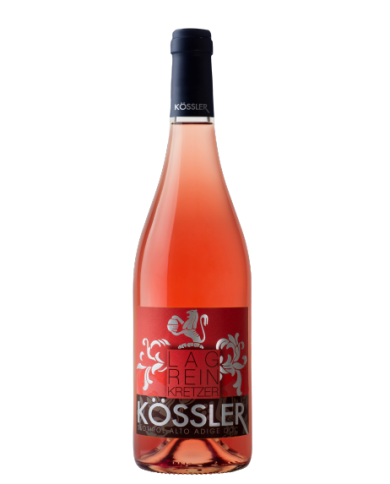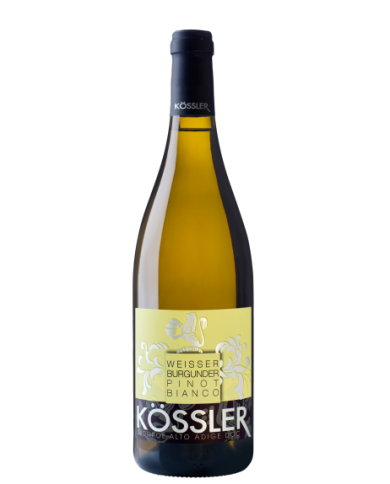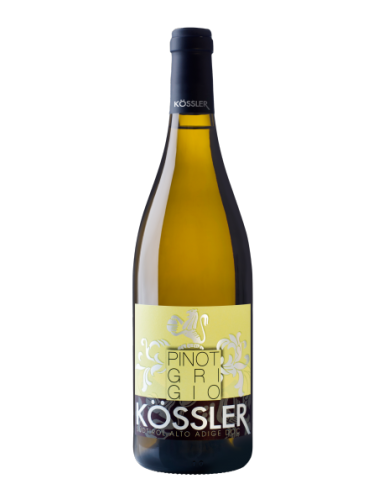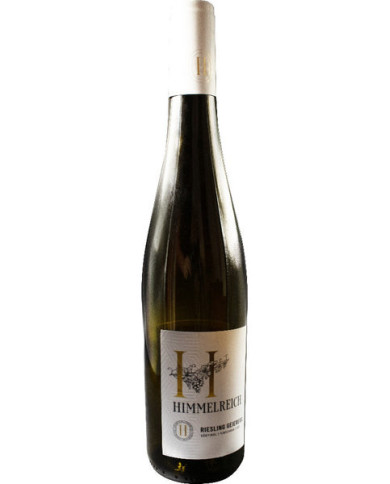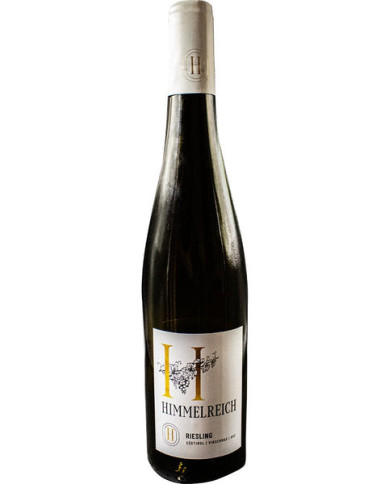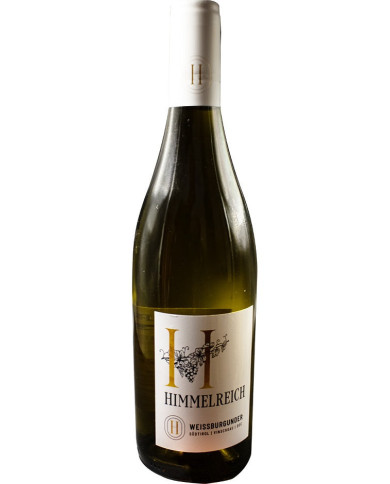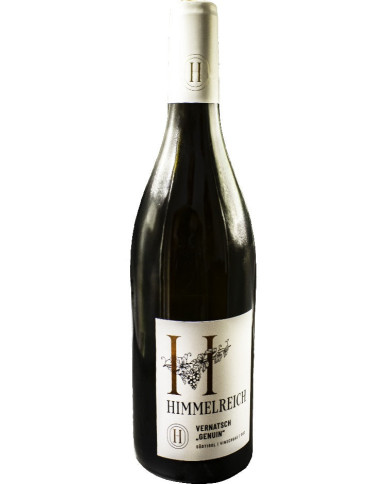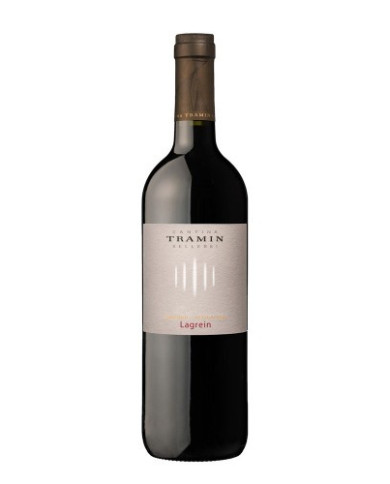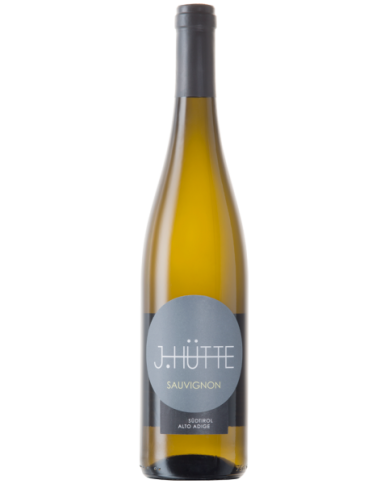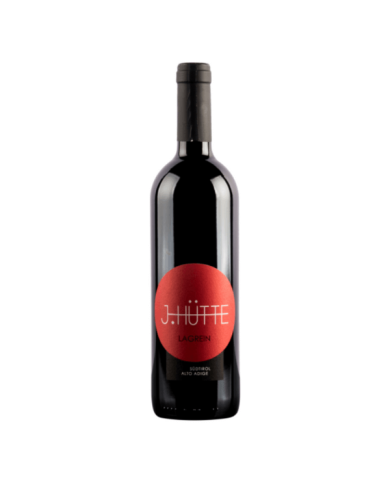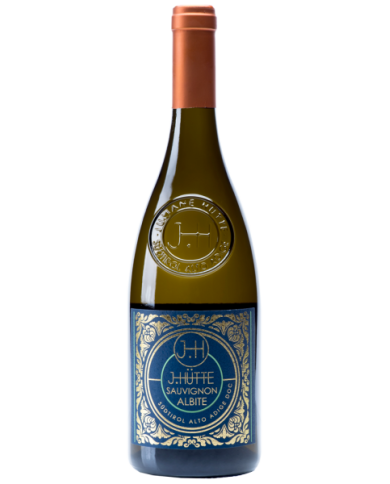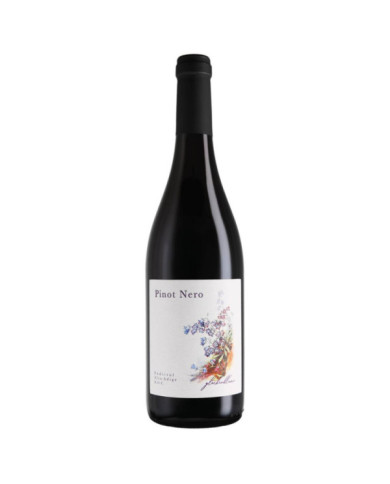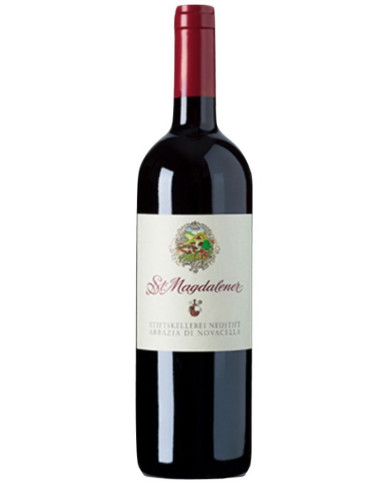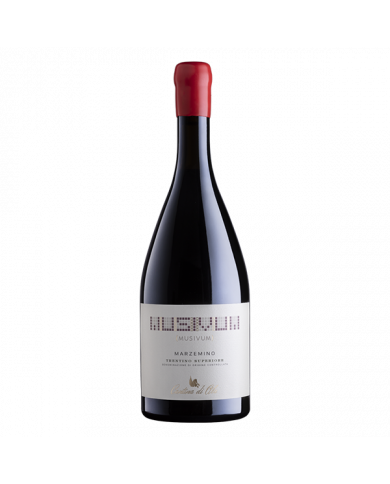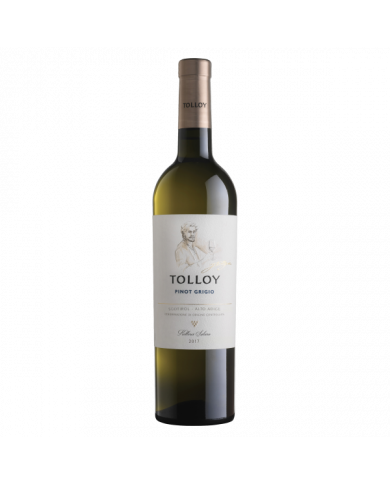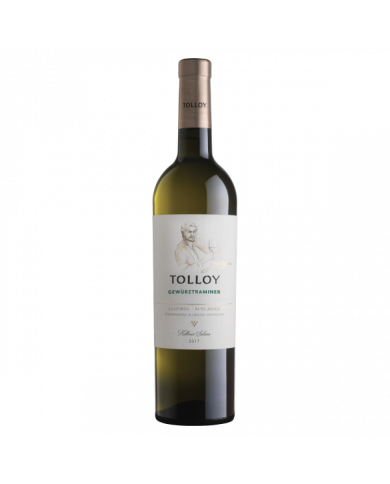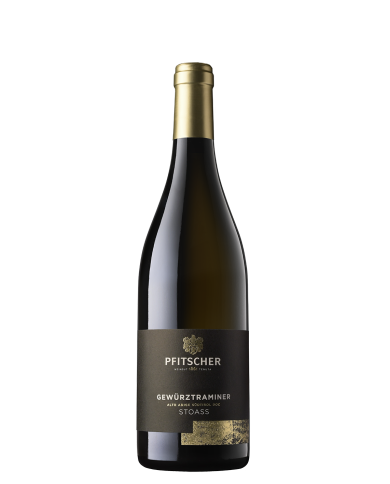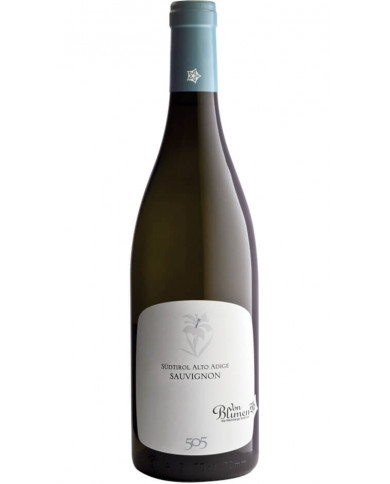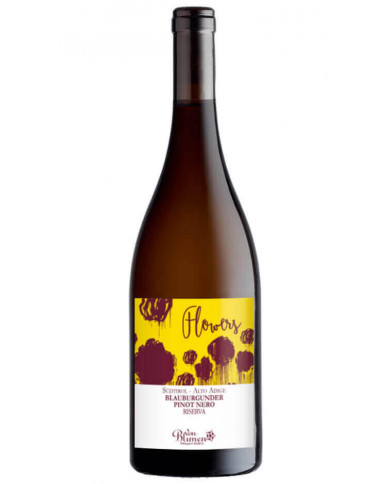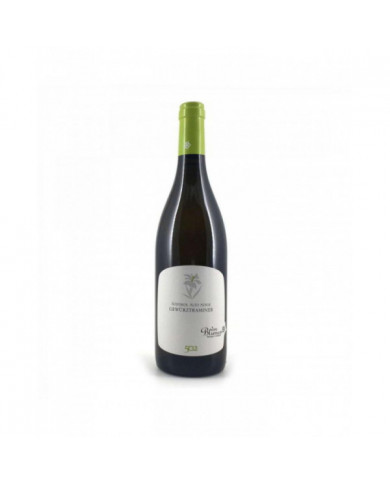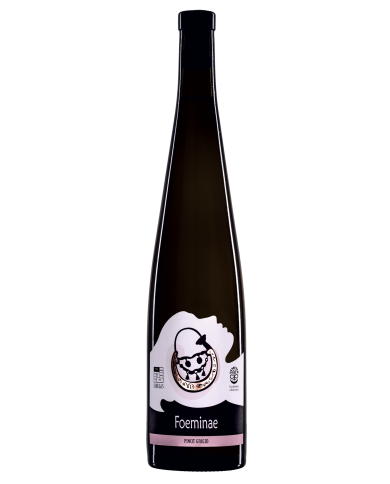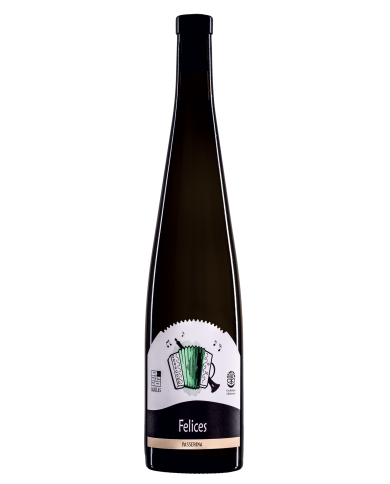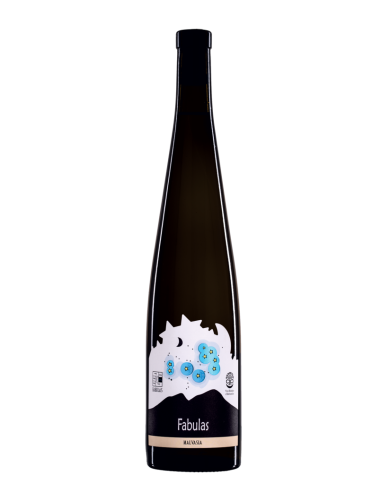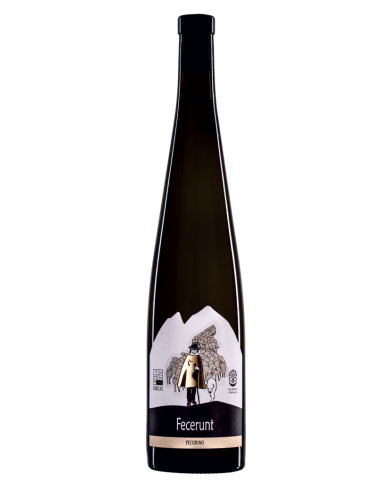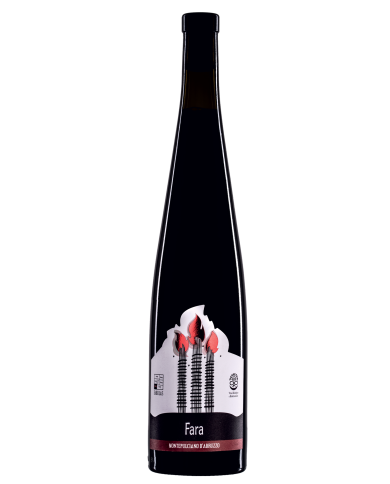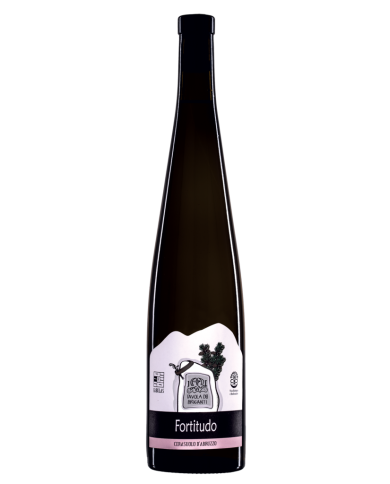White wine with a brilliant straw yellow color with light greenish hues. The nose is fruity with hints of apple and almonds.
Pacherhof's Muller Thurgau is a wine that blossoms within the terroir of the Valle d'Isarco. It is made in a terroir mainly based on sand and clay, where day and night alternate with excellent temperature ranges and good ventilation. The must ferments slowly at low temperature in stainless steel tanks. The final stage of aging takes place in steel on the noble lees for 6 months. Once this maturation is complete, the wine is ready to be bottled and placed on the market.
Pacherhof's Kerner is a clean, precise and vertical wine, with a fresh and light personality, not without tension and aromatic richness. Aromas of citrus fruits, exotic fruit and sweet spices involve the sense of smell while the sip reveals character, softness and great expressive power
It is an aromatic variety that has its origins in South Tyrol. Its exclusive and unmistakable aroma owes it to the warm and sunny soils. It is a golden yellow wine with typical aromas reminiscent of rose petals, nutmeg spices and cloves.
This wine is one of the best known products from the Schiava grape. It has a wide range of fruity aromas and stands out for its fullness and roundness on the palate.
Lagrein is a native variety, from which a wine of great character is obtained. It stands out for its intense red color, its aromas of wild berries and cherry. On the palate it expresses a velvety fullness, enhanced by a soft acidity.
This ros├® wine, produced from the Lagrein grape, is typically South Tyrolean, has a ros├® color and a pleasantly fruity note that is gaining more and more interest.
Pinot Grigio, known in Alto Adige as Rul├żnder, is distinguished by its floral aromas and is characterized by a balanced acidity and a fresh and velvety palate.
This Riesling is an excellent white wine produced with grapes from the homonymous vine that grows in Val Venosta. The vines are grown on Monte Sole, where there is less rainfall than the entire western area of Alto-Adige. These particular climatic conditions, and the composition of the morainic soils, give the wines of the Himmelreich cellar their unique and unmistakable character. Its robe is of a bright yellow colour, with intervals of greenish reflections. As it enters the glass, Riesling releases a multifaceted bouquet, the first scent that is perceived is sweet and ripe yellow peach. Notes of pineapple with the right point of ripeness, prickly pears and fresh grapefruit follow immediately afterwards. As it passes, the palate is filled with minerality, its juicy and exotic taste is incomparably mineral and refreshing. This fresh white wine with a delicious taste goes perfectly with light appetizers, fish in general and seafood, but is also perfect with Asian dishes.
The result of a merger, which took place in 2001, between the Cantina Produttori Santa Maddalena and the Cantina Produttori Gries, this kaleidoscopic winery offers an incredible range, complete in the multiplicity of products and refined in the interpretation of the territory. The quality standard is truly impressive and does not fail to satisfy any palate, even the most demanding one, with the right attention to both native and international vines. A splendid example of quality is this Sauvignon, a semi-aromatic vine, characterized by a great variety of aromas, here incredibly enhanced by the warm, sandy soils and the breezy climate, which constitute the ideal terroir for a great wine.
With a rich range of labels with attention to the smallest details, the J.H├╝tte winery, in the province of Bolzano, has managed in a short time to reach a substantial production volume of out of the ordinary quality, which sees the coexistence of native grapes of the area, such as Moscato Giallo , Lagrein and Gew├╝rztraminer with the international Chardonnay, Pinot Noir and Sauvignon. A mix of sandy and morainic soils, accentuated temperature variations and the support of the Bolzano winery combine to create measured and incisive wines, elegant and refined as only South Tyroleans can be.
Rich in sodium, albite is a typical mineral of the Alps, in particular of Valle d'Aosta, Piedmont and Alto Adige, where it finds the ideal subsoil for its development, proving to be a faithful ally for the vine. This Sauvignon is proof of this, presenting itself as the perfect synthesis between territory, climate and grape variety, thanks to its typicality which, in combination with albite, gives life to an authentic, complex and characterful label, capable of perfectly combining, to the gentleness of citrus and floral tones, an important structure and a strong minerality.
In the southernmost part of the Trentino Adige valley, where the Little Dolomites and the Baldo chain accompany Lake Garda in its expansion towards the Venetian plain, the vineyards of the Ala cellar are located; a land rich in memories, which was the scene of disputes between the Austrian empire and the most serene republic of Venice. It was thanks to these relationships and the consequent commercial exchanges of the people who populated it that Marzemino arrived in this land from the distant and suggestive Asia Minor.
Produced only with grapes from its own vineyards grown in South Tyrol in the valley floor and on the low hills. 100% Pinot Gris with traditional vinification in white at a controlled temperature around 18-20┬░C.
Produced only with grapes from our vineyards grown in Alto Adige on the medium hill in Pochi di Salorno. It is characterized by small bunches with pinkish berries tending towards bronze. With a distinctly aromatic taste, it is distinguished by the typical varietal aromas, softness and balance. White vinification with cold maceration and fermentation at 18-20 ┬░C.
For more than a century this vine, originally from France and precisely from the Loire Valley area, has been grown on the hills of Alto Adige. The grape harvest takes place by hand, as in the past, starting from the beginning of September. After a gentle destemming, the grapes undergo a short cold maceration in a stainless steel press. The alcoholic fermentation takes place in steel tanks at a controlled temperature. At the end of alcoholic fermentation, the wine is kept in contact with the lees, in stainless steel containers for about 6 months. The Sauvignon has a yellow color with light green reflections. On the nose the scent is fresh, with extravagant hints of nettle, pepper, tomato leaves and anise. On the palate the flavor is intense and persistent with a good aroma and a savory and gritty acidity. A versatile goblet that goes perfectly with all courses at the table and after the first sip it will take you back to the unspoiled nature on the slopes of Monte Corno.
The Pinot Noir grape variety is considered among the most noble red grape varieties in the world and also the most difficult to interpret. The origin of this vine is believed to be attributed to the French region of Burgundy. Flowers is the name chosen by the winery to represent the spearheads of the Von Blumen project. Harvested in September, the grapes are then partially de-stemmed and crushed, and left to ferment with maceration on the skins in stainless steel tanks at a controlled temperature, for about 20 days. Subsequently, before bottling, it is aged for 12 months in French oak tonneaux. In the glass the color is a bright ruby red. The bouquet is intense and broad on the nose, ranging from sweet nuances of red and black fruits to fragrant spicy scents. On the palate it is enveloping and complex, with a mature and long-lasting tannic texture in the mouth. A wine of exceptional drinkability and character, excellent in combination with red meat dishes, medium and long-aged cheeses and traditional main courses of South Tyrolean cuisine.
The name Traminer appears for the first time in 1349 in Konrad Megenberg's "Book of Nature". The origins of this vine are uncertain; some believe they are in Alsace, others in the town of Termeno (Bolzano), still others in Wurttemberg, and finally in the Reno valley. The grapes are harvested manually in boxes. After a delicate destemming, cold maceration follows at a temperature of 12┬░. The alcoholic fermentation takes place in steel tanks at a controlled temperature; at the end of alcoholic fermentation, the wine is kept in contact with the lees, in stainless steel containers for about 6 months. In the glass it has an intense straw yellow color. On the nose, the aroma is intense and varied with aromas ranging from yellow pulp fruits, lychee, rose, acacia flowers and saffron. On the palate it immediately proves to be a wine of great structure and balance based on sapid and fresh notes, supported by a never invasive softness and characterized by delicious almond nuances. An eclectic goblet that is excellent on the table as an aperitif or to accompany shellfish dishes, ethnic cuisine and spicy flavours.
Alto Adige DOC: A Wine of Excellence in a Region of Great Traditions
Wine is a traditional drink that has been produced around the world for centuries. Italian wines have an international reputation for quality and excellence. One of the places in Italy known for the production of quality wines is Alto Adige. South Tyrol is a region in northern Italy that extends along the Val di Non and the Adige and Isarco valleys. The region is rich in history, tradition and, of course, wines.
South Tyrol is one of the oldest wine regions in Italy and today it is one of the most popular. The region is also home to numerous DOCs, such as Alto Adige DOC, Alto Adige Val Venosta DOC, Alto Adige Lagrein DOC and Alto Adige Teroldego Rotaliano DOC. The DOC Alto Adige is one of the most important DOCs in northern Italy and is a high quality product.
What is the South Tyrolean DOC?
The DOC Alto Adige is a controlled denomination of origin. It is a wine produced in the Adige and Isarco valleys, in Alto Adige, and is considered one of the most appreciated quality wines of the region. The DOC Alto Adige is a white, ros├® or red wine which is produced with grapes grown in the Adige and Isarco valleys. The Alto Adige DOC is produced with local grapes, such as M├╝ller Thurgau, Sauvignon, Gew├╝rztraminer, Chardonnay, Pinot Bianco, Pinot Grigio, Pinot Nero, Lagrein and Sangiovese. The DOC Alto Adige requires that the wine be produced with a maximum yield of 70%.
What is the history of the DOC Alto Adige?
The history of the DOC Alto Adige dates back to the early 1900s, when the region developed as one of the first wine regions in northern Italy. In 1965, the region obtained official recognition as DOC. Over the years, the DOC Alto Adige has become one of the most popular DOCs in northern Italy, thanks to the quality and excellence of the wines produced.
What are the wines produced in the DOC Alto Adige?
The wines produced in the DOC Alto Adige are white, ros├® or red. The white wines produced in the DOC Alto Adige are mainly M├╝ller Thurgau, Sauvignon, Gew├╝rztraminer, Chardonnay, Pinot Bianco, Pinot Grigio and Pinot Nero. The ros├® wines produced in the DOC Alto Adige are mainly Pinot Grigio, Pinot Nero and Lagrein. The red wines produced in the Alto Adige DOC are mainly Sangiovese, Lagrein and Pinot Noir.
Who are the most important producers of DOC Alto Adige wines?
The DOC Alto Adige is produced by numerous wine producers, including some of the largest and most renowned wineries in the region. Among the most important wineries are: Castel Sallegg , Cantina Tramin, Cantina Terlano, Castel Juval, Cantina Magr├© and Cantina Kurtatsch. These cellars produce wines of excellent quality, appreciated all over the world.
What are the prices of DOC Alto Adige wines?
The prices of DOC Alto Adige wines vary according to the producer, the grapes used and the vintage. The wines produced in the Alto Adige DOC can be purchased at prices ranging from 10 to 30 euros per litre. However, there are also luxury products produced in the Alto Adige DOC which can cost up to 100 euros per litre.
To conclude, the DOC Alto Adige is a controlled denomination of origin which represents one of the oldest and most popular wine-growing regions in Italy. The wines produced in the Alto Adige DOC are of excellent quality, appreciated all over the world, and are also appreciated for their history and tradition. The DOC Alto Adige offers a wide range of quality wines, from white to red, suitable for all palates, from the most demanding to the least demanding.

